The Reborn of Cinecittà. American Productions are Back!
Cinecittà, the Mecca of international film in the 50’s, once again attracts foreign productions, particularly American. These days the last scenes of Zoolander 2, produced and directed by Ben Stiller, are being shot. Also taking place is the filming of a great classic that marked the history of Cinecittà: the remake of Ben Hur, directed by Timur Bekmambetov and produced by MGM and Paramount Pictures. Daniel Craig was also in Rome to shoot the latest Bond film. The works for another “Kolossal” have just been completed: Cyrus Nowrasteh’s “Christ the Lord”, which will be in American theatres next year.
.
It’s been a long time since there was so much movement in the legendary studios of Rome’s Via Tuscolana. Chief executive officer of Cinecittà Studios spa, Giuseppe Basso explains the secret to this revival and also announces some exciting news for American viewers.
Hollywood is coming back to the Tiber: how did this happen?
The main element was the passing of a new law, which we had long been requesting the Italian government for. We knew it would prove successful. It’s a tax credit: it allows foreign productions to have up to 10 million euros in fiscal benefits for each production house. It’s an important signal that was immediately caught the United States, still to this day the leader of the global film industry.
Why is it so important for American productions to return to Cinecittà?
Because still today the United States is the nation that organizes its cinema like an industry. American productions are always very ambitious, with big budgets. Their cinema embraces all genres: sci-fi, comedy, thriller, historical… Furthermore, they also have a large and efficient distribution structure. It’s no coincidence that they were the ones to come up with the idea of creating merchandise around a film and its characters. That of America is a winning economic mechanism: many investments on big producers, but also a big return in economic terms. Take a movie like The Avengers: a 260 million dollar investment for a return, in just one weekend, of 180 million. They are still the leaders and I believe they will be for a long time.
Does Cinecittà answer to such a demanding film industry?
For now we’ve always had excellent results: Americans don’t merely appreciate the beauty of Italy but also the professionalism and the infrastructures of Cinecittà. Here we have the biggest studios in Europe with 99 acres and 22 studios. But we want to do more: Cinecittà still has a lot of space to offer. We are considering, for example, of the possibility of opening a hotel in here, which would allow those working on the productions to wake up in the morning and already be at their job. The hotel would obviously also be open to tourists who love cinema.
Cinecittà and the United States: it’s a relationship that wasn’t born today…
The relationship between Cinecittà and the United States has been strong since the birth of Cinecittà: the studios were built in the 1930’s because Mussolini wanted to make an industry of Italian cinema like in the United States. Cinecittà was born with the American film industry in mind.
And yet Italian cinema can’t emulate American cinema, why is that?
Italian cinema is first of all a poorer cinema. But the problem is also cultural: our authors tend to come up with more “auto-referential” products: very often italian stories can only be understood by us, for their themes and also because we stigmatize characters based on their dialects. It’s hard then to translate these particularities abroad. I’ll also say this: Italy has a lot of ideas to pitch. Just think of a movie like the Devil Wears Prada. Prada is an Italian brand, and yet the film is set between the United States and France.
Will the modernization of our film industry help Italian cinema grow?
I think so, and I’ve already been witnessing it. The Tax Credit, for example, has just been extended to TV series. Today quality TV shows are part of a relevant production mechanism, with a vast public, and Italy already has some good productions like Gomorra. I’m noticing that a lot of producers now want to support projects filmed directly in English. Those are high-budget projects, which, in order to have a good economic return, have to be able to access foreign markets. So they are directly thought up with foreign markets in mind. This will bring change.
Italian productions filmed directly in English?
Exactly. And we shouldn’t be surprised: it’s a recurring phenomenon. The so-called “spaghetti-westerns”, “Italian-style” westerns, which modified the way of making American westerns, were filmed in English because the actors spoke English. When these films made it to American theatres, they were watched repeatedly and made a lot of money. The problem though is that, to really make a film industry function, there still needs to be a domestic audience: in the United States people go to the movies a lot. Not in Italy: we should accustom our children to go to the movies from a young age.
Back to Cinecittà: it’s not only a place for film production, but also a tourist attraction. What can be seen there?
Of course: since 2011 we are a place to visit thanks to the project “Cinecittà si mostra” (Cinecittà shows itself). We have hundreds of thousands of people each year, particularly a lot of foreigners. We have a gorgeous exhibit that tells the story of Cinecittà through the most important production periods, from the 30s to the 90s of the past century, where there are very suggestive sections. And then there are tours within Cinecittà, to visit our studios alongside our guides. It’s an interesting journey, one I recommend: We’re waiting for you at Cinecittà!






























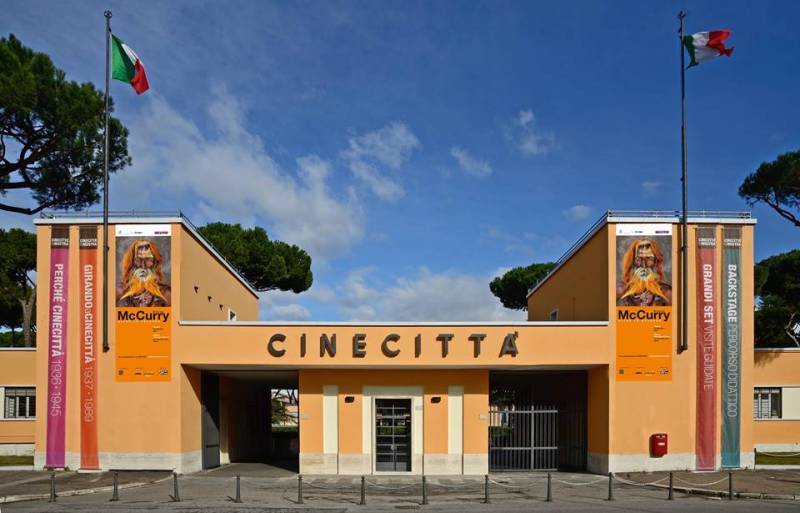

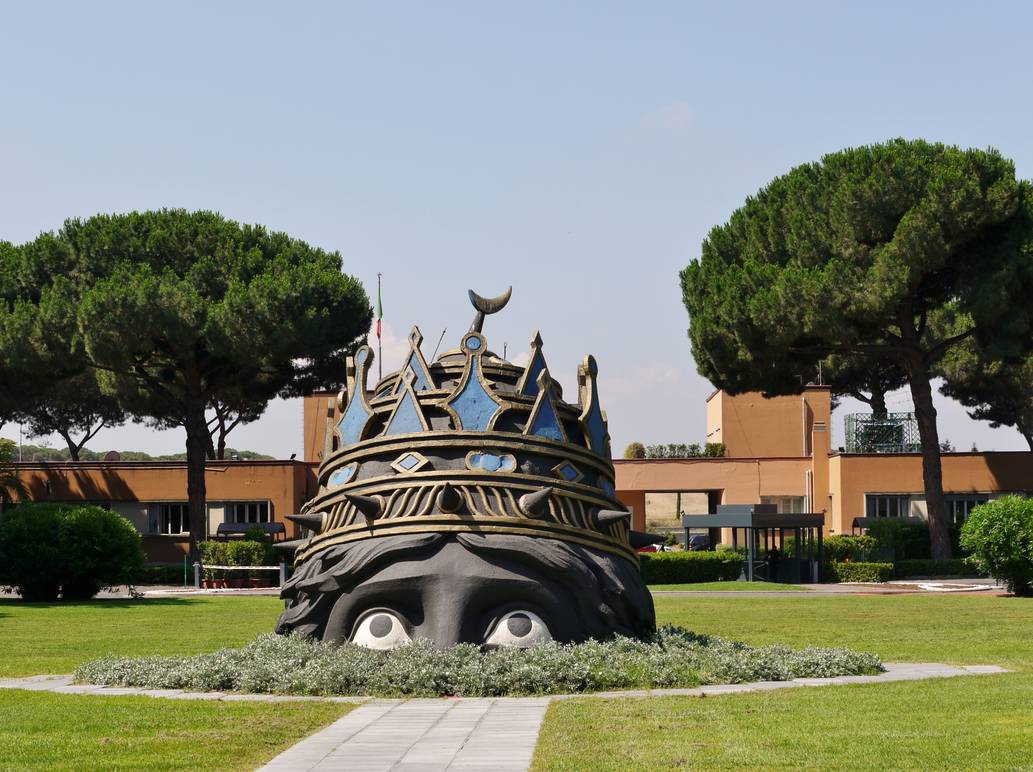
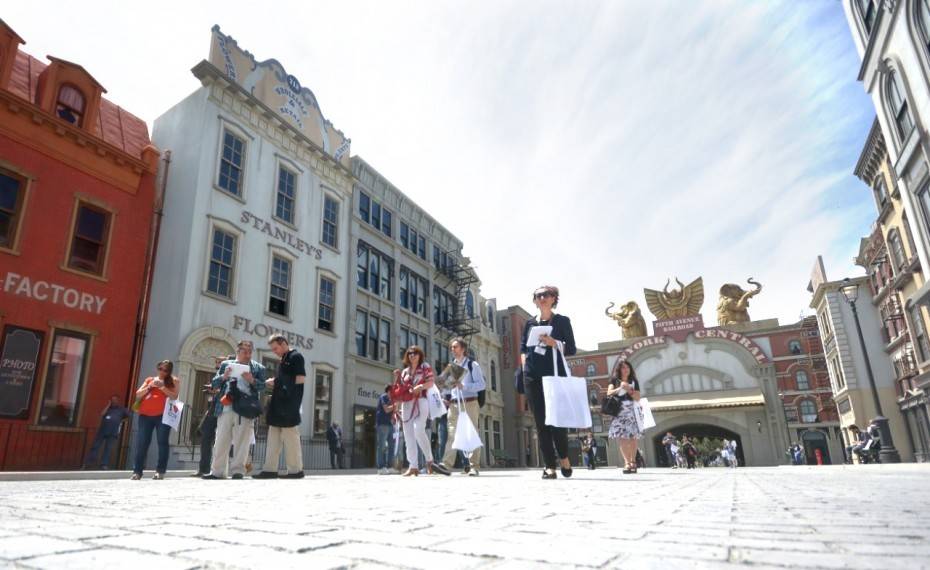
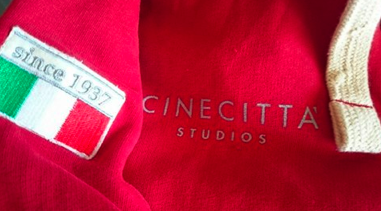
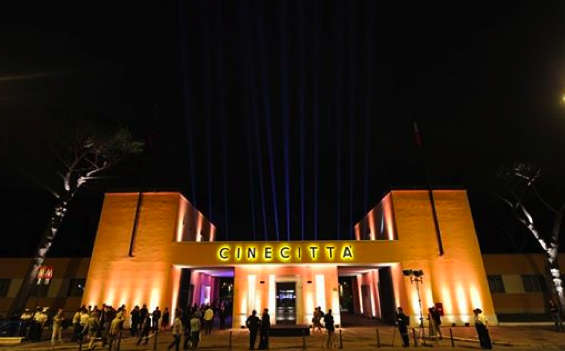
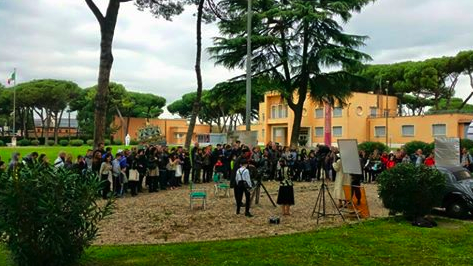
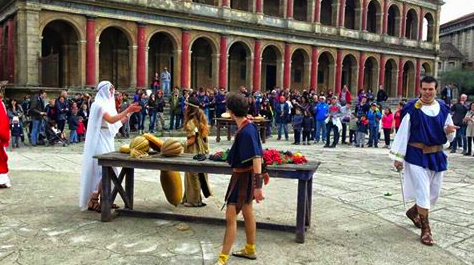

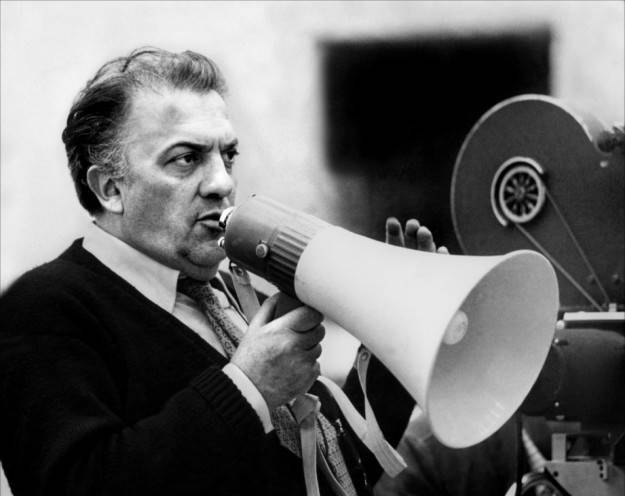
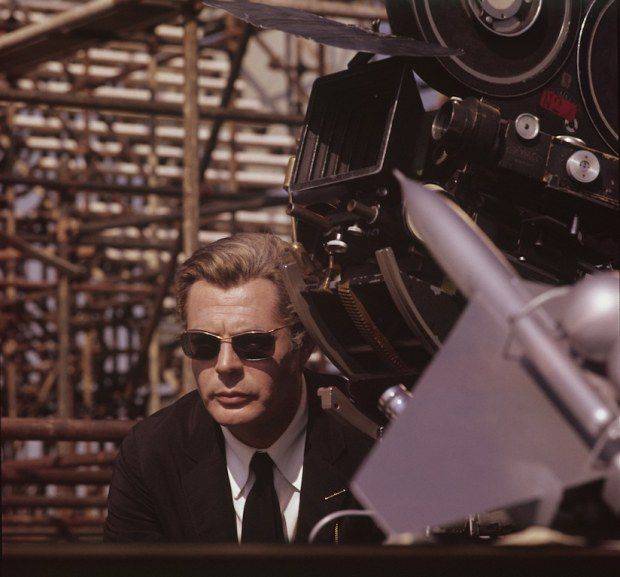



i-Italy
Facebook
Google+
This work may not be reproduced, in whole or in part, without prior written permission.
Questo lavoro non può essere riprodotto, in tutto o in parte, senza permesso scritto.